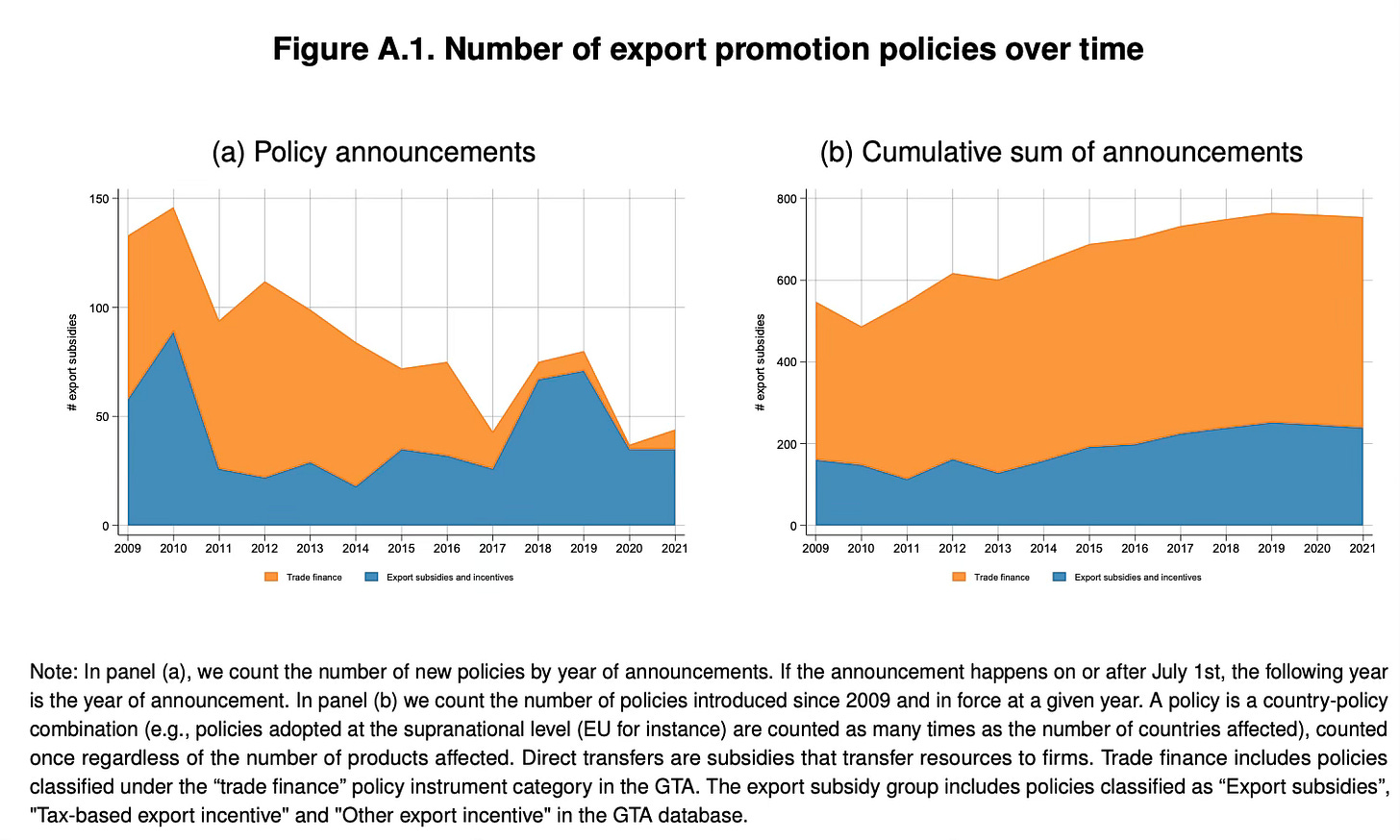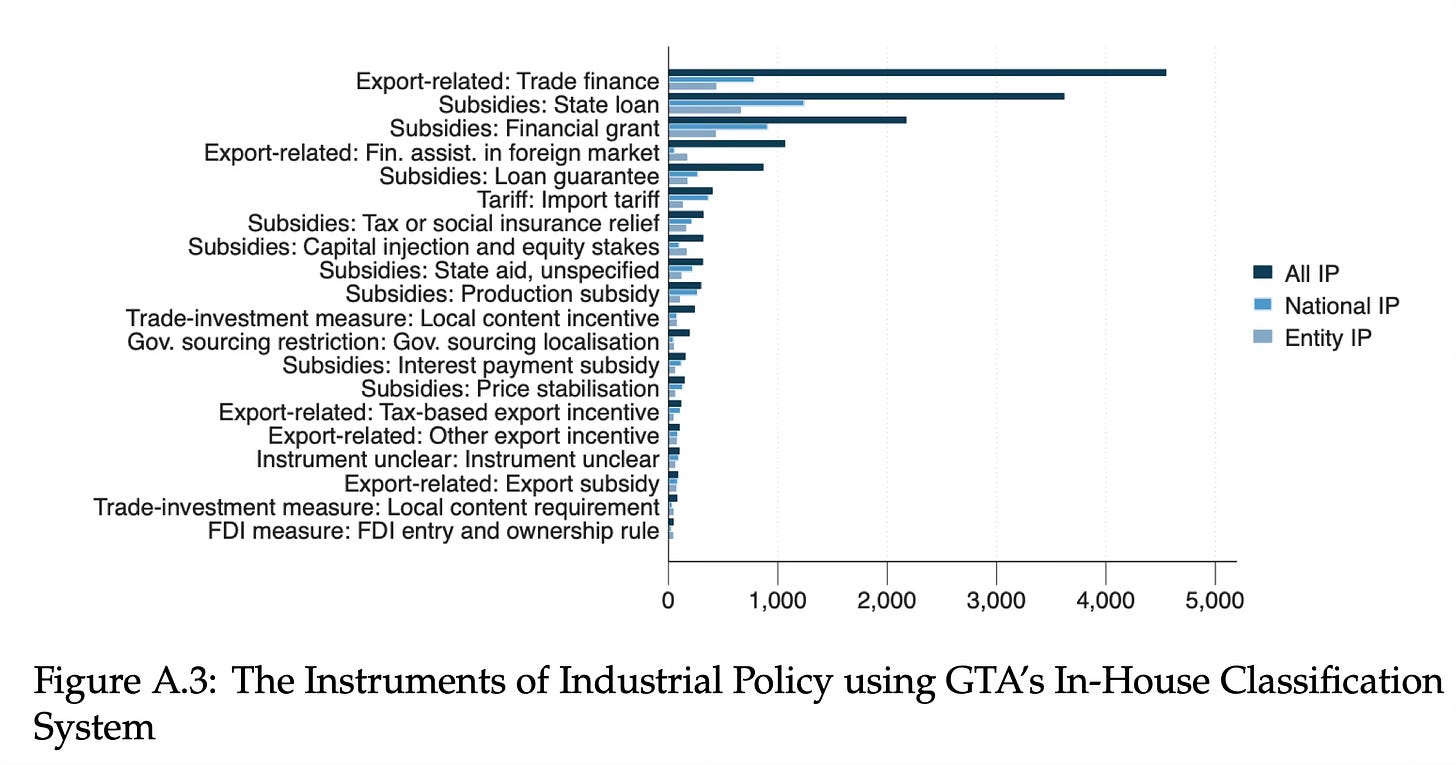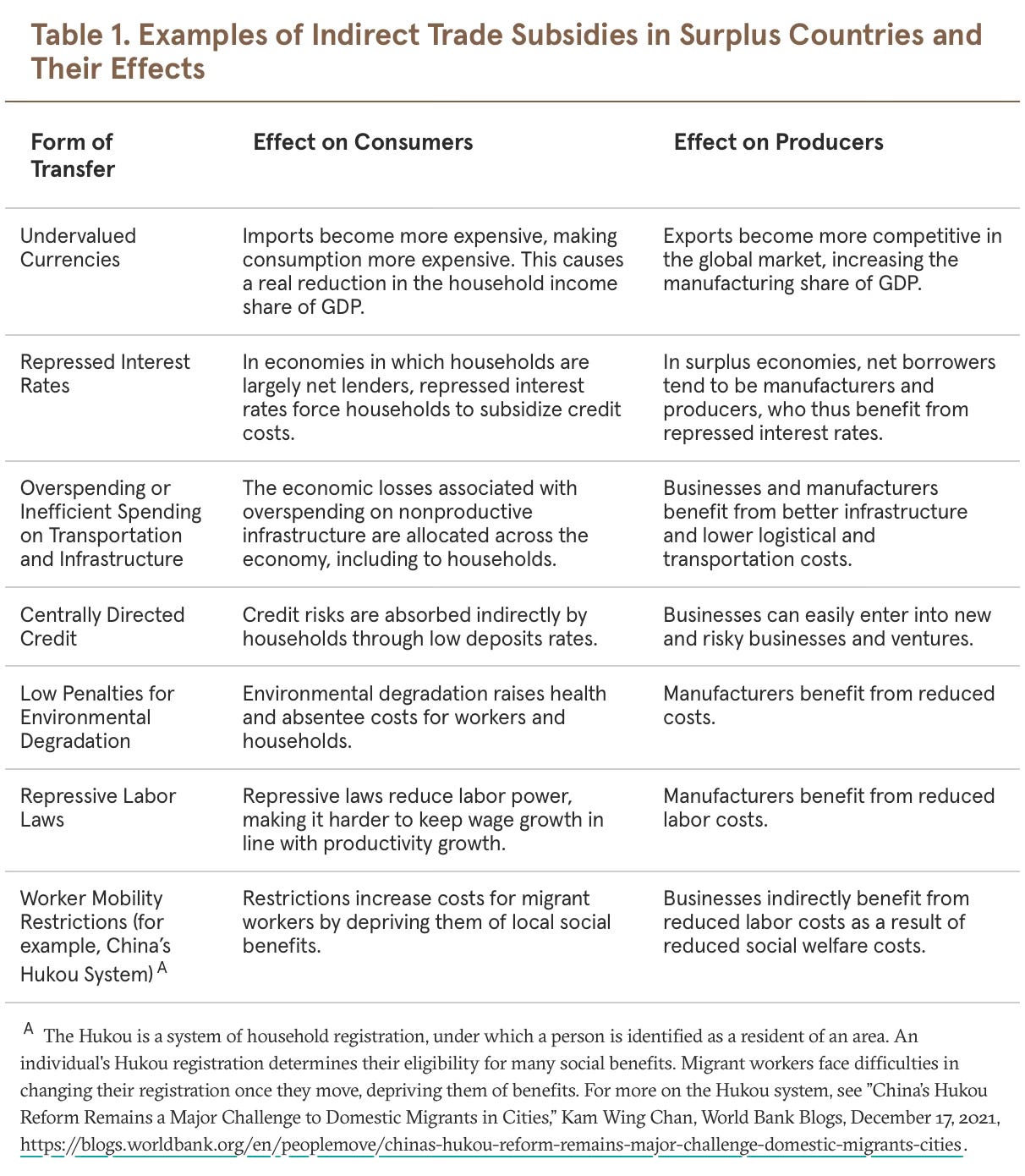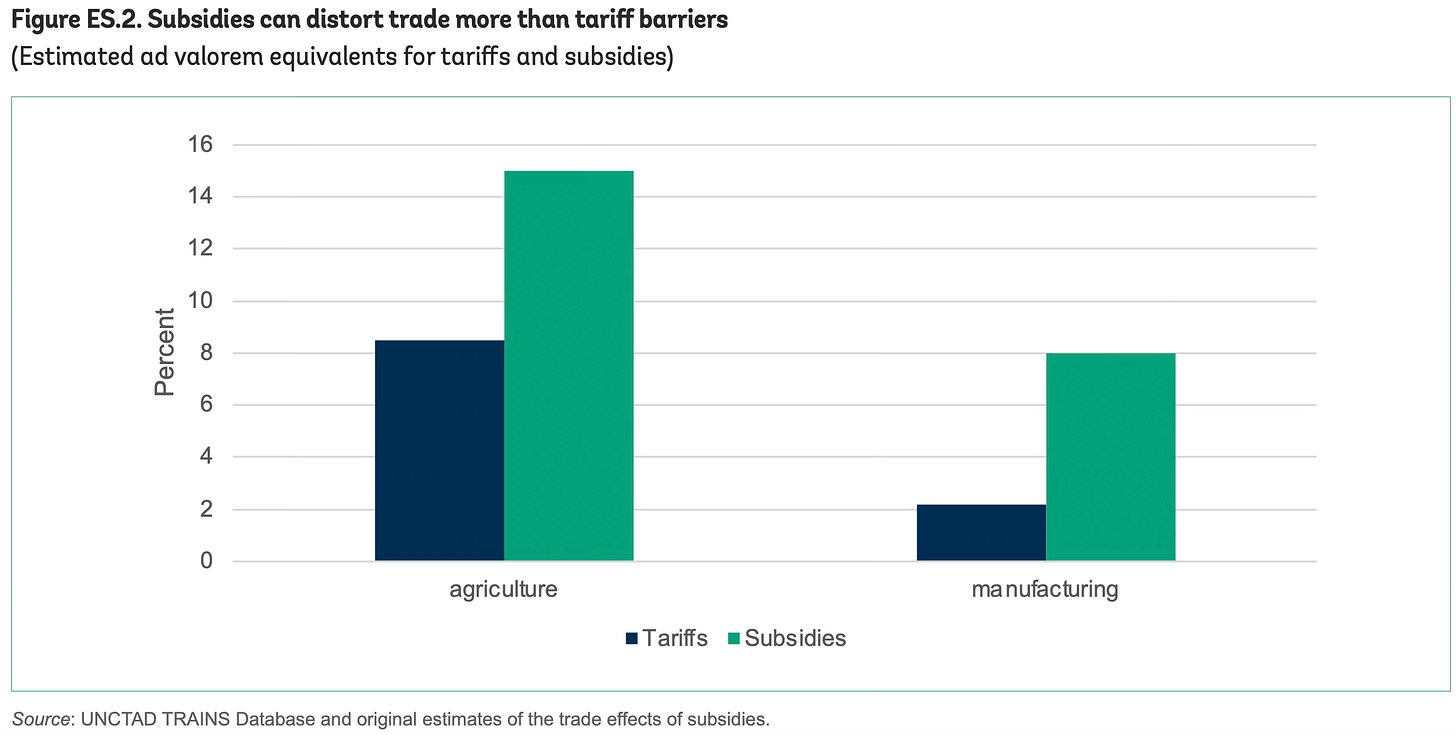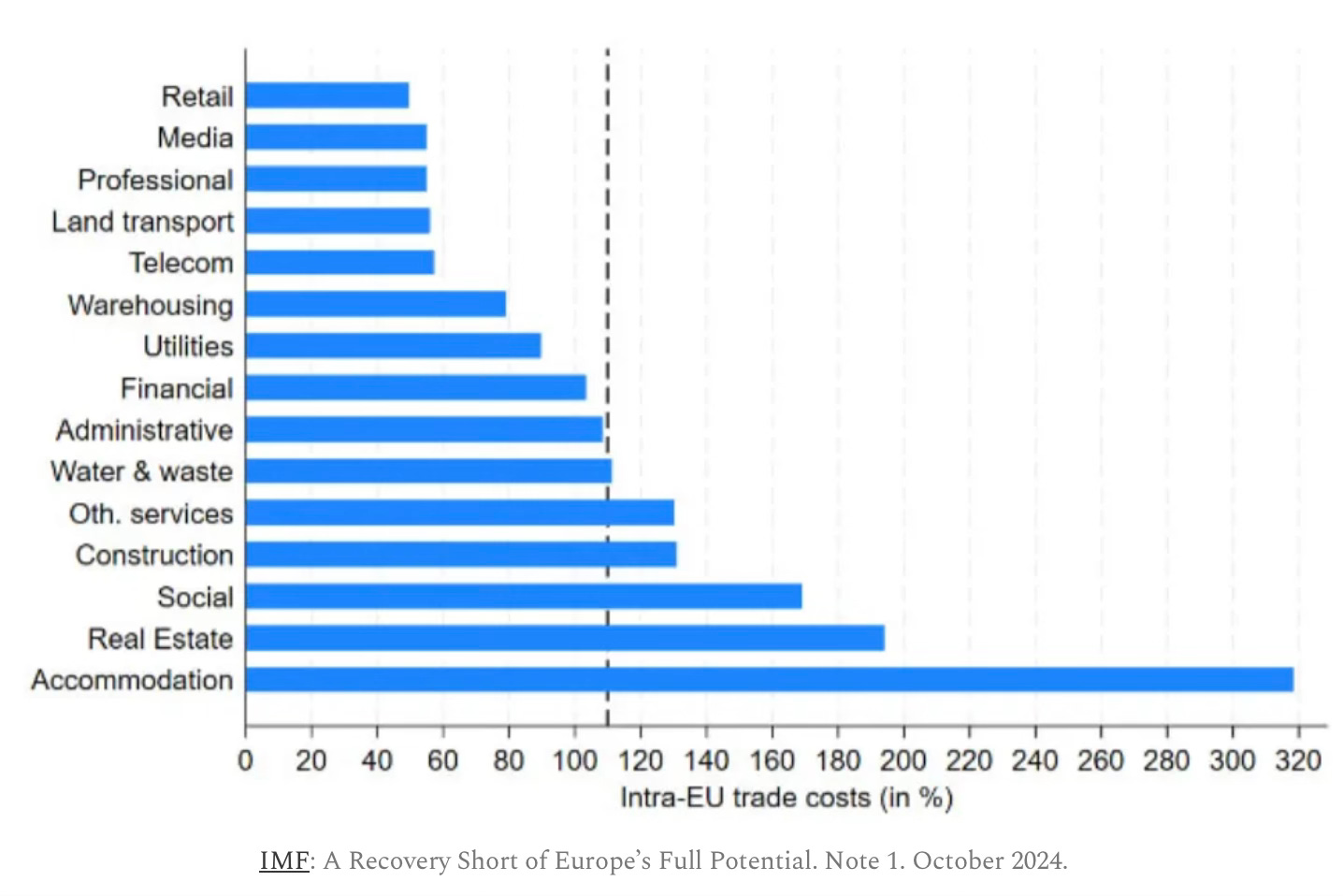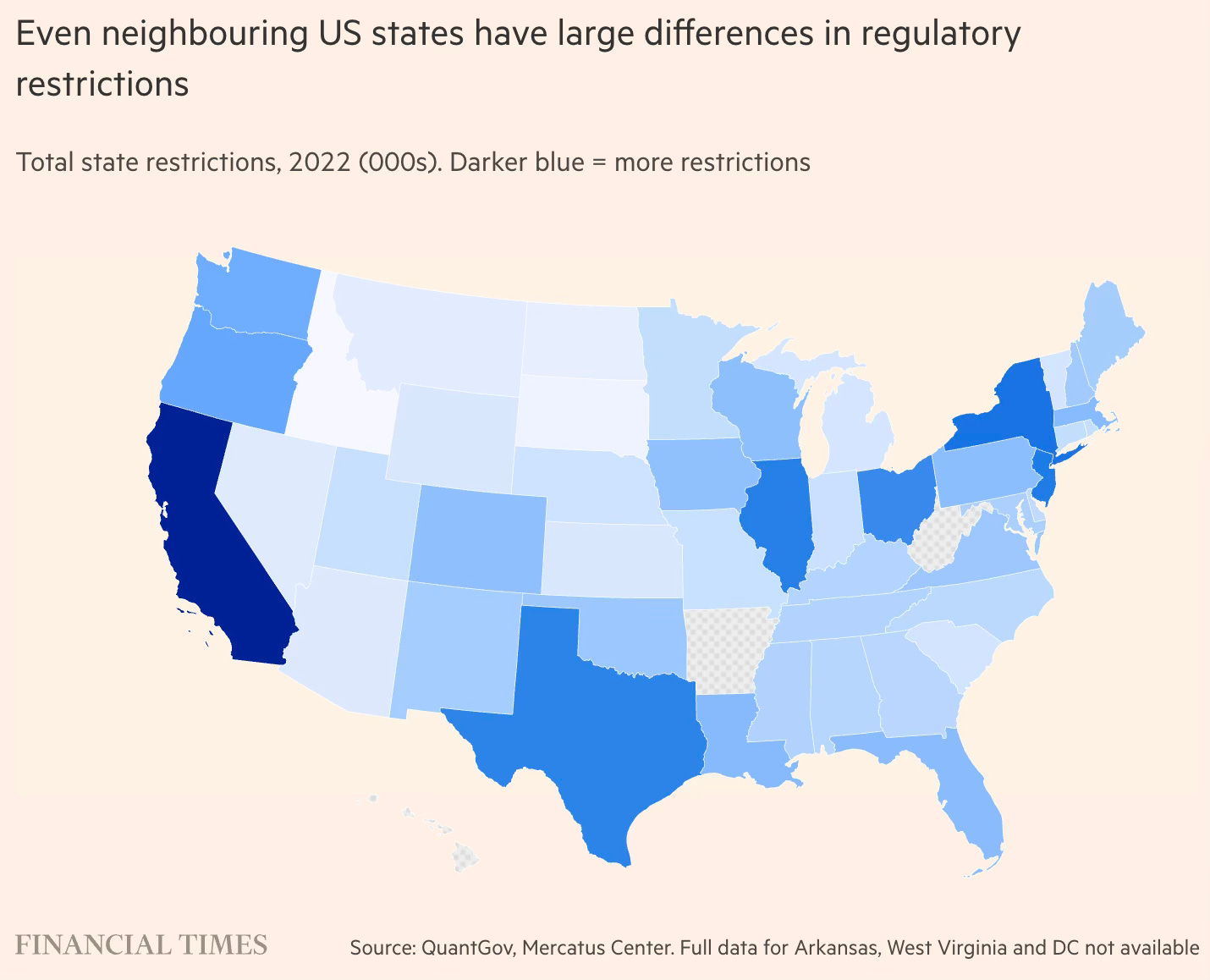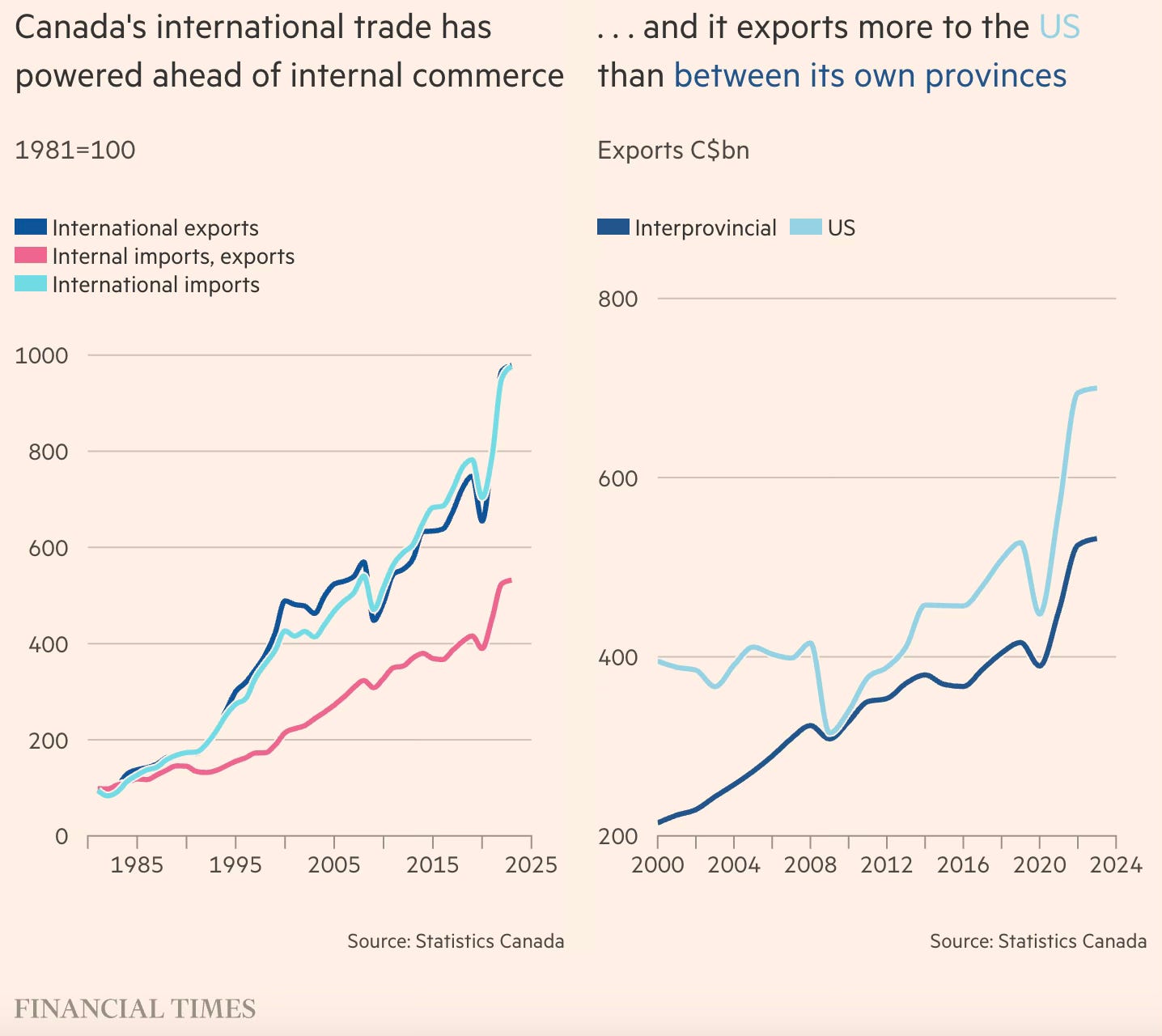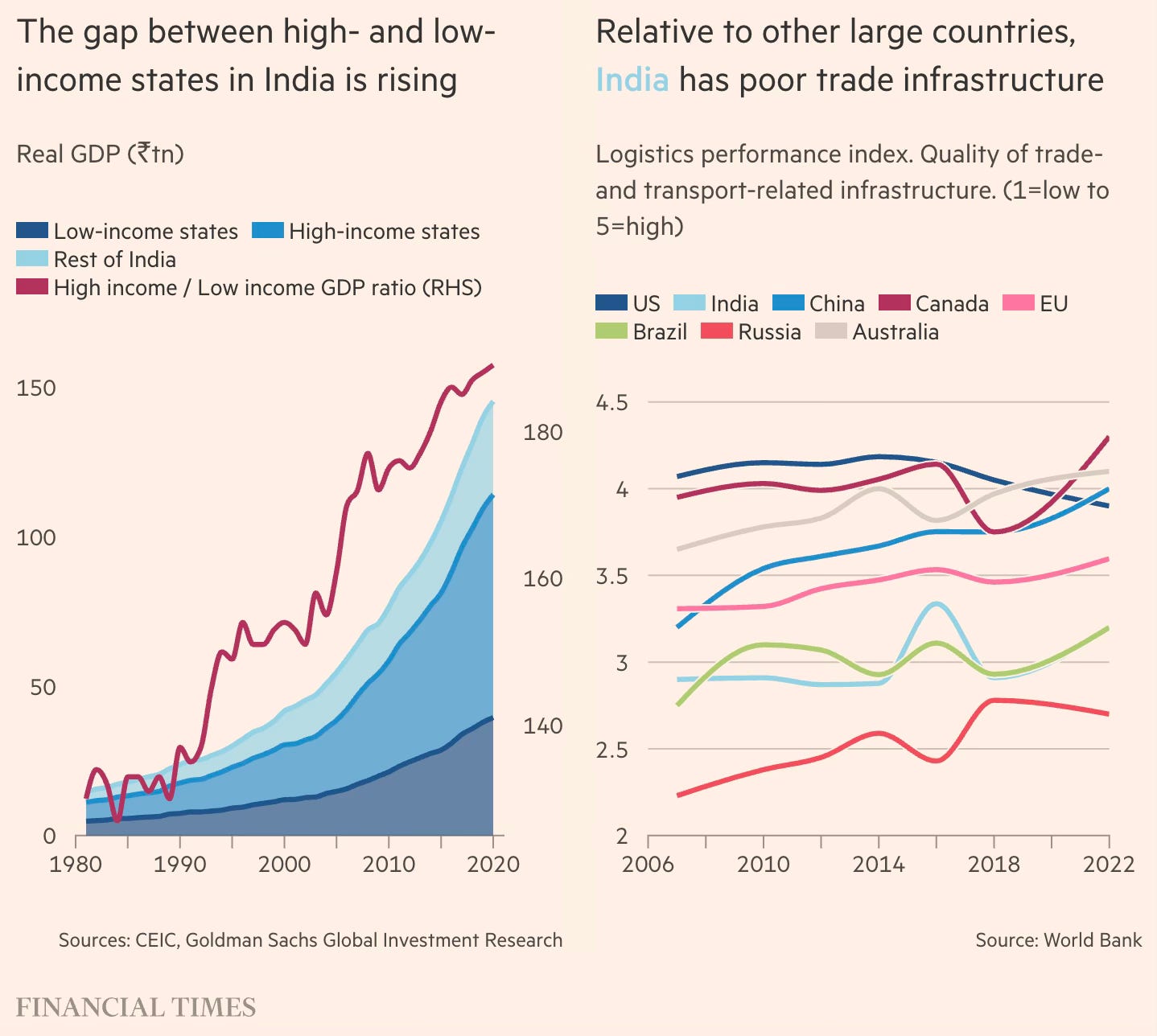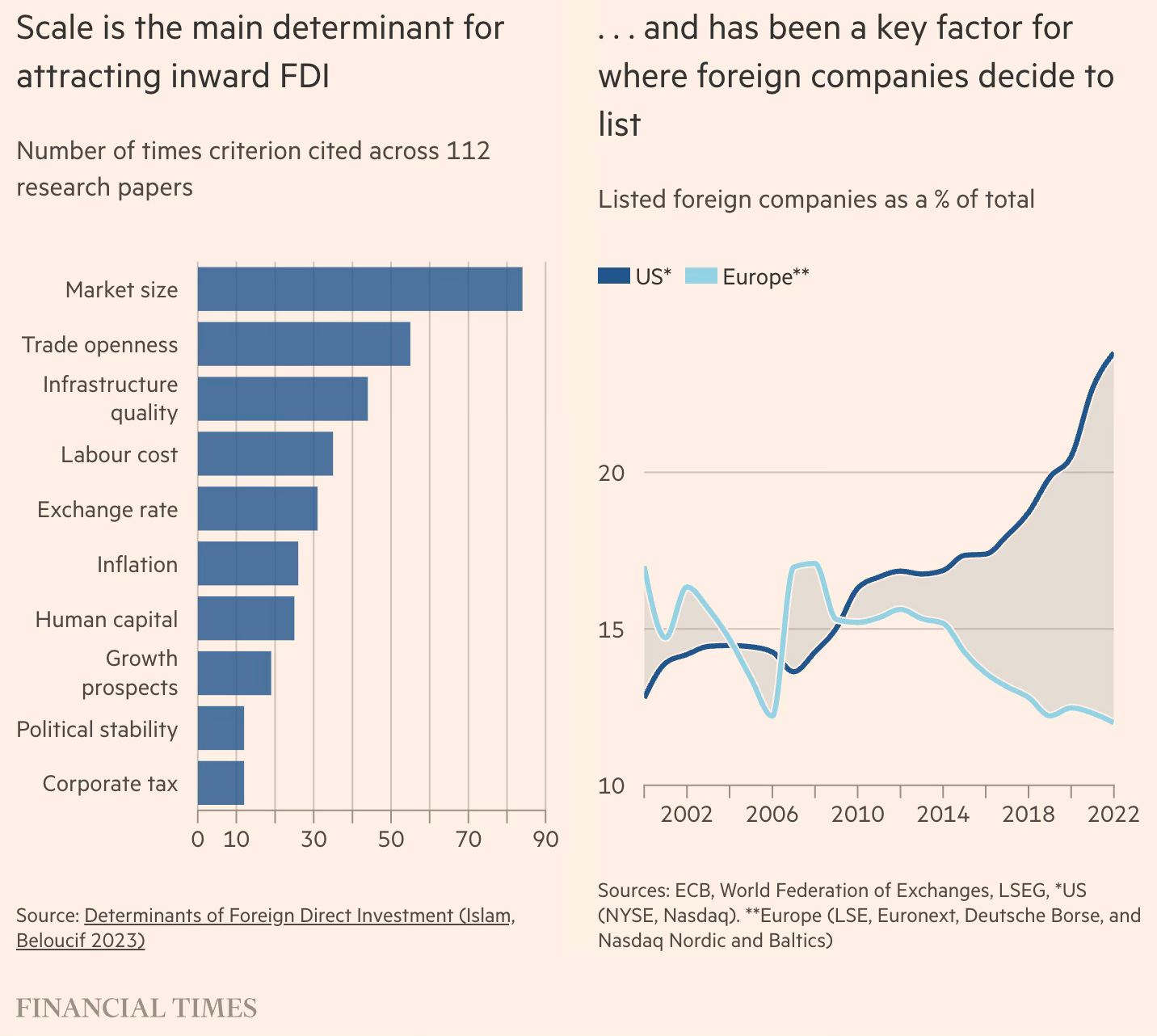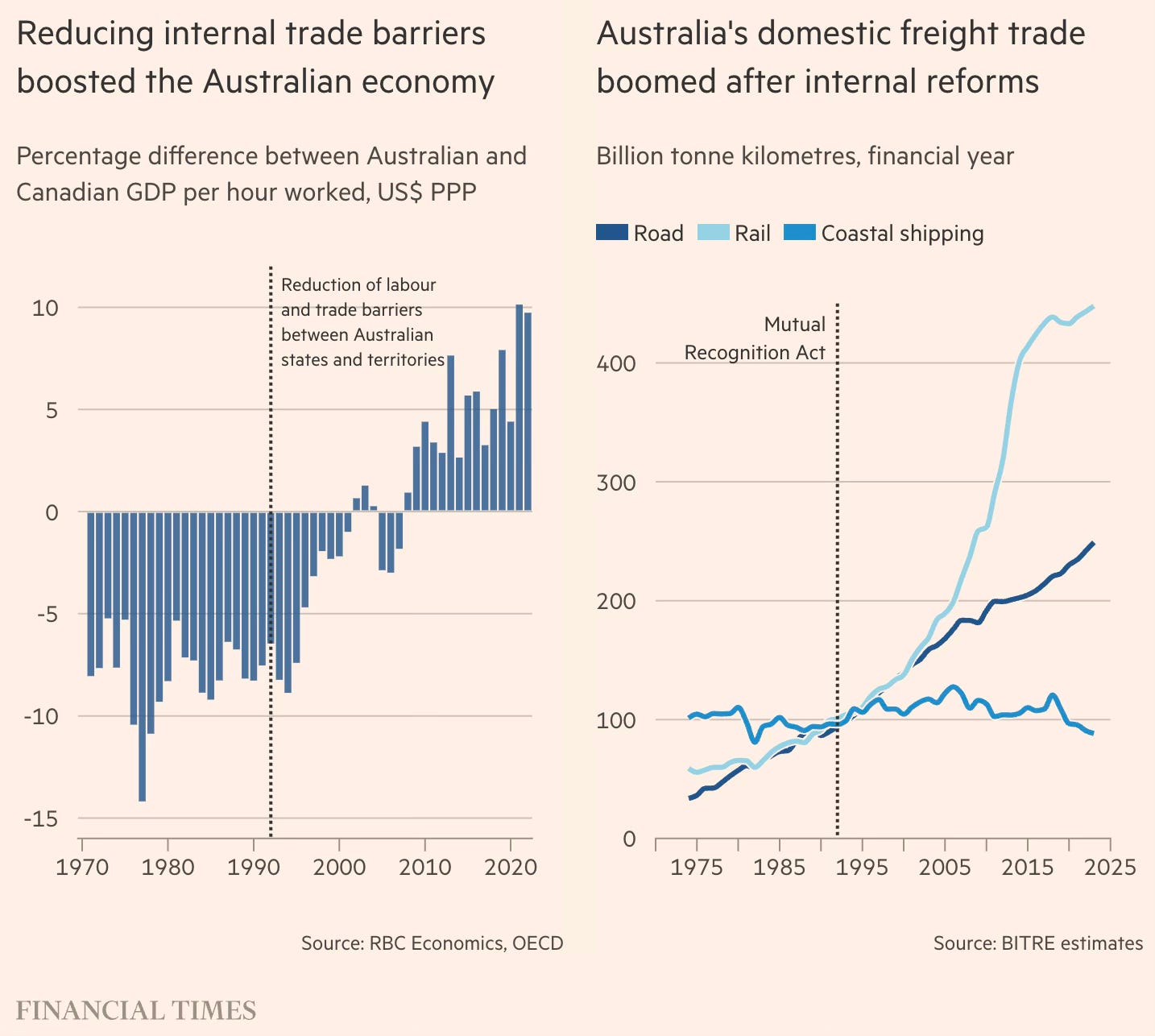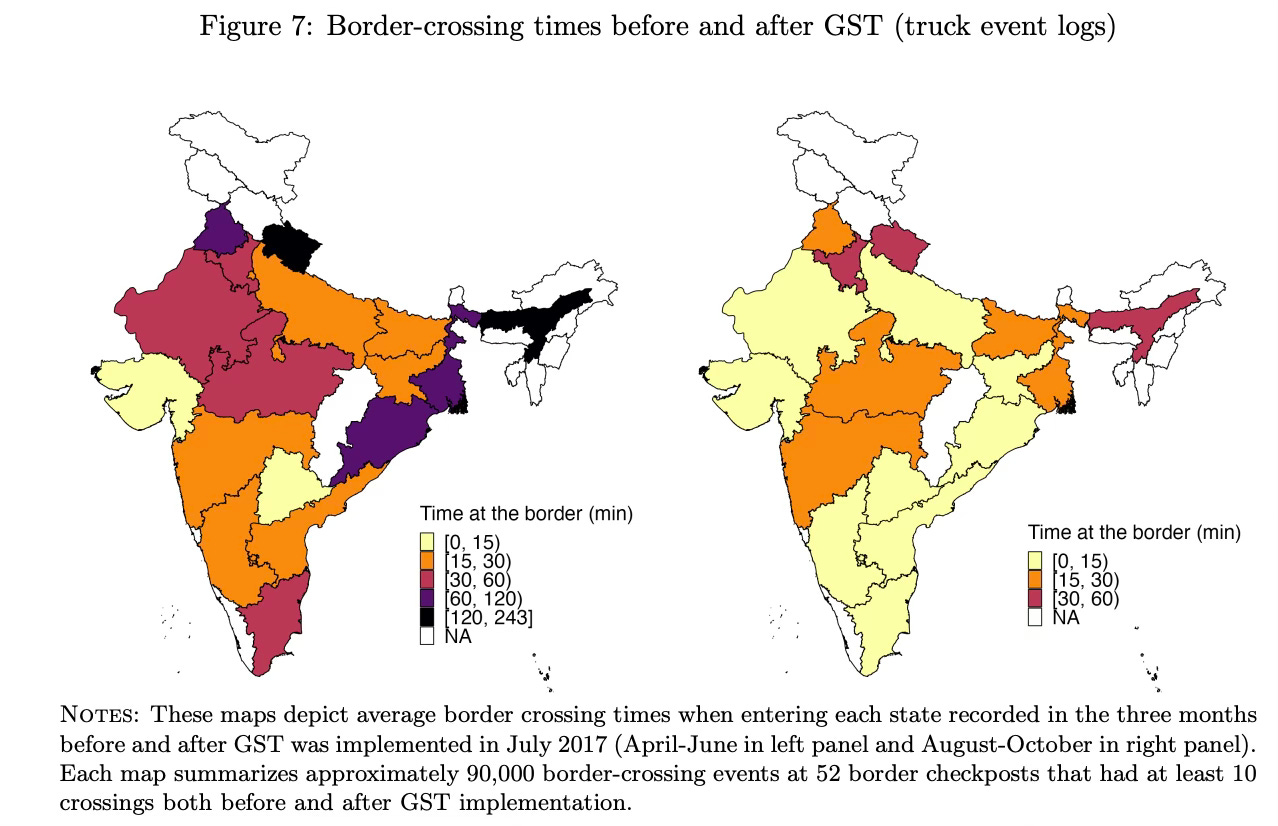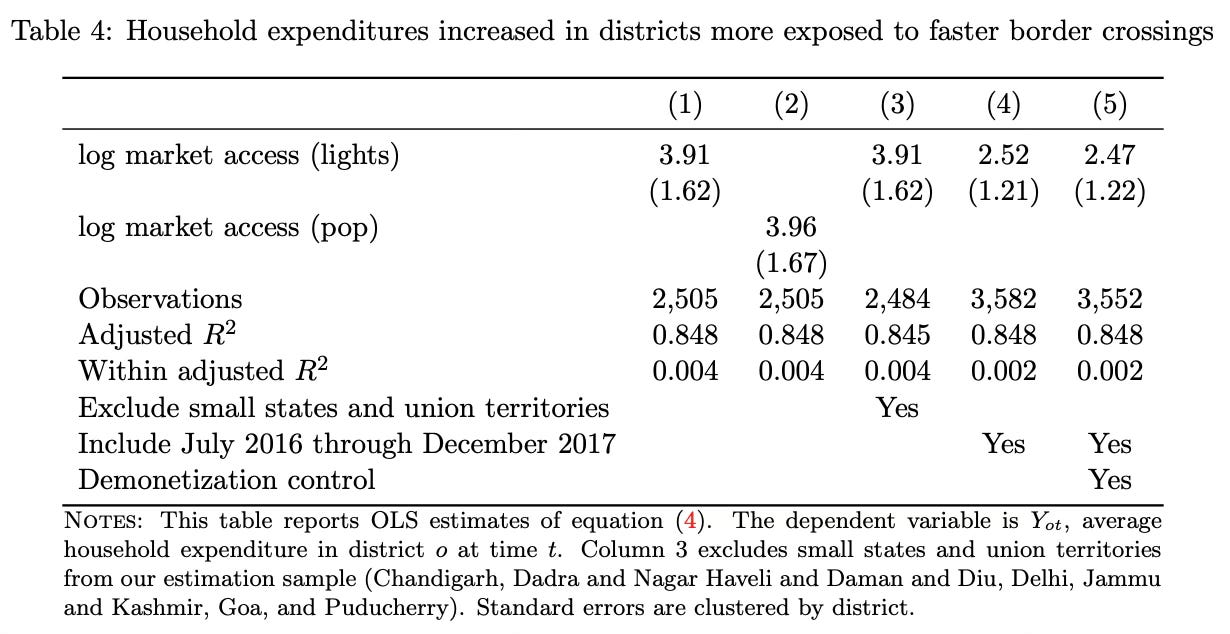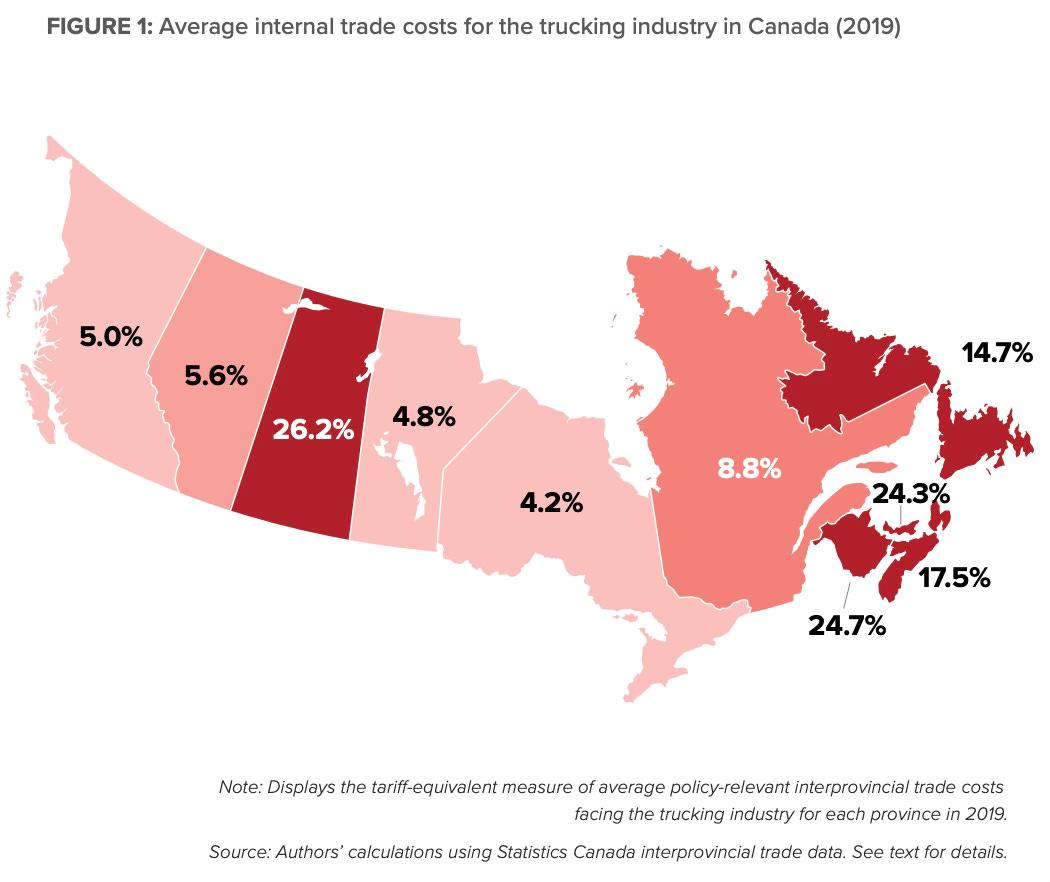According to World Bank data, the share of R&D in GDP in India was 0.64 per cent in 1996, rose to 0.86 per cent by 2008, and has steadily fallen since, reaching 0.65 per cent in 2020. The same database shows a steady rise in China —from 0.56 per cent of GDP in 1996 to 2.56 per cent in 2022... In 2020-21, corporate sector accounted for 36.4 per cent of the total R&D expenditure. If one includes the public sector corporations, the share goes up to 40.8 per cent... Corporations in India do not appear to treat R&D as a major factor in their advancement. A detailed 2024 study on R&D by the 1,000 largest listed companies, conducted by the Office of the Principal Scientific Adviser to the Government, offers revealing insights. According to this report, in 2022–23, R&D spending amounted to over 6 per cent of turnover in defence and pharmaceutical companies, around 3–4 per cent in automobiles and healthcare, marginally over 1 per cent in auto-components and heavy electrical equipment, and well below 1 per cent in the remaining 24 sectors covered in the study.
2. Public funded research laid the foundation for Ozempic and Wegovy.
Today, millions of Americans take Ozempic, Wegovy, Mounjaro or one of the other new blockbuster diabetes and weight-loss drugs. Thank Uncle Sam — and a slow, venomous lizard that can survive on just a few meals a year. In 1980, Dr. Jean-Pierre Raufman, a researcher studying insect and reptile venoms at the National Institutes of Health, discovered that venom from the Gila monster had a pronounced effect on the pancreas, prompting it to release a digestive enzyme. This piqued the interest of Dr. John Eng, an endocrinologist at the Veterans Affairs Medical Center in the Bronx, who worked with Dr. Raufman to isolate and identify a novel compound, exendin-4, in the lizard’s venom. A synthetic version of the compound, which stimulates insulin production and slows stomach emptying, was approved for the treatment of diabetes in 2005. It was the first drug in the now booming class of medications known as GLP-1 receptor agonists, which are being studied for their potential to treat a wide range of conditions, including kidney disease, Alzheimer’s and alcohol use disorder.
The article has eight other examples of public funded innovations that have transformed our lives today.
3. Are Chinese brands now going global?
From Stockholm to Sydney, the electric car gliding silently by is increasingly likely to be Chinese. Mixue, a purveyor of ice-cream and cold drinks, has dethroned McDonald’s as the world’s largest fast-food chain by number of outlets. It is expanding in South America, as is Meituan, a Beijing-based delivery app. Chagee, a chain of tea shops, is on track to have at least 1,300 stores outside China by the end of 2027, mainly in South-East Asia; a few years ago it had barely any. And Pop Mart, a Chinese toymaker, has created a buzz worthy of Disney around its strange grinning (or are they grimacing?) nine-toothed dolls, called Labubus. Fans include Rihanna, a pop star, and Sir David Beckham, a retired footballer.
4. Ruchir Sharma points to three ways in which the US stock market run may be stopped.
There are however three ways this buoyancy might break: the AI narrative shifts again, given that companies are investing hundreds of billions of dollars in AI infrastructure, without quite knowing who will profit, or when. Economists prove uncharacteristically more right than the market about the threat of lower growth and higher inflation from tariffs. Or investors come to realise that the apparent strength of US consumers and corporations is a mirage — the flip side of the massive and rising US government deficit.
5. Martin Sandbu points to the return of financial repression, or the process of steering financial flows to where the government (and not the market) wants them to flow.
Rumours of a “Mar-a-Lago accord”, which would manage the dollar’s value down while forcing global investors to discount and lock in lending to Washington, has produced shocked disbelief by other countries. But it is not just Mar-a-Lago: several policy proposals have surfaced recently that can fairly be grouped together as measures of financial nationalism. These include a tax on remittances, levies on foreign investment stakes by nations with policies Washington disapproves of, and the promotion of dollar-denominated stablecoins and looser bank leverage regulations... China... has retained a non-convertible currency and manages its exchange rate. It uses a network of state-controlled or state-influenced banks, corporations and subnational governments to steer the flow of credit to outlets indicated by various economic development doctrines favoured by Beijing over the years...The influential reports of former Italian prime ministers Enrico Letta and Mario Draghi have emphasised that the EU sends several hundred billion euros abroad every year when there are huge domestic funding gaps. This invites policymakers to adopt measures to redirect financial flows. So does the agenda to unify national financial markets. The aim of making the euro a more attractive reserve and investment currency has also been invigorated by Trump’s seeming disdain of the dollar’s role. A big EU-level borrowing programme suddenly looks at least conceivable, and an official digital euro is on the way. In parallel, the UK is trying to coax pension funds to put more savings in the hands of British businesses.
6. Tamal Bandopadhyay charts the impressive 70 years of State Bank of India.
On June 30, 1955, the last day of the Imperial Bank, it had ₹210.94 crore of deposits and ₹116.24 crore credit. The size of the Indian economy at the time was ₹10,977 crore. By March 2025, India’s GDP has risen 3,000 times – ₹330.68 trillion. During this period, SBI’s deposit portfolio has grown 25,000 times, to ₹53.82 trillion, and advances, 35,800 times, to ₹41.63 trillion. In the past 70 years, the bank’s income has risen from ₹8.50 crore to ₹5.24 trillion, and profit, from ₹1.36 crore to ₹70,901 crore. In 1955, it had paid ₹90 lakh as dividend; for FY25, the figure is ₹14,190 crore. The number of employees, too, has risen – from 14,388 to 236,226; profit per employee has grown from ₹90,000 to ₹29,91,000, and branches from 469 to 22,397...The SBI has the largest mutual fund under its belt; boasts the second-largest credit card portfolio; and its life insurance arm is among the largest in the private sector. Two of its 18 subsidiaries are listed. On an investment of ₹6,200 crore, the current valuation of the subsidiaries is at least ₹3.5 trillion. Its share in bank deposits is 22.5 per cent and credit, 19.5 per cent. In different business segments, such as retail loans, home loans, et al, its market share varies between 20 and 30 per cent. And, its share in the Pradhan Mantri Jan Dhan Yojana, the world’s largest financial inclusion scheme, is around 30 per cent... with a ₹15.06 trillion retail book, it has at least 25 per cent market share. Ditto for home loans. While it entered the mortgage business late, with a ₹8.3 trillion mortgage book, it is now breathing down the neck of HDFC Bank Ltd, which holds the portfolio of HDFC Ltd following the merger of the home lender with it.
7. Amidst all its industrial prowess, China has lagged behind in high quality industrial products which require precision and engineering excellence, like ball bearings and carbon fibre.
High-end ball bearings are crucial for reducing friction in everything from high-speed trains and tunnel boring machines to electric vehicles, humanoid robots and drones... for machinery like offshore wind turbines — which are now being built close to 200-metres tall and need to last for around 25 years — bearing manufacturers face “incredible reliability requirements” as their products must withstand “huge” amounts of weight and pressure. While China is by far the biggest single ball bearing market in the world, the $53bn global bearing industry is dominated by Sweden’s SKF along with Germany’s Schaeffler, US group Timken and Japanese companies NSK, NTN and JTEKT... carbon fibre composite cascades, which are used in an engine’s casing to help aircraft land safely. Japanese group Nikkiso has a market share of 90 per cent.
The more successful a technology becomes, the less it matters economically. Revolutionary technologies shrink their own importance precisely through their success... Consider history's greatest productivity miracle: artificial light. In 1800, one hour of reading light cost more than a day's wages. By the 1990s, we produced the same light using 1/3,000th the energy. The price fell 40,000x. Modern homes flood with light that would seem miraculous to anyone from 1800. We leave lights burning carelessly, illuminate entire cities all night. Yet lighting is now a trivial fraction of the economy. Total victory made it economically irrelevant. When productivity crushes prices, quantity must rise proportionally to maintain economic weight. But we don't use 40,000x more light than in 1800. Maybe 100x. Human demand has limits. griculture tells the same story. In 1900: 38% of workers, 15% of GDP. Today: 1% of workers, under 1% of GDP. We produce far more food with 98% fewer workers. But we don't eat proportionally more just because food is cheap.This reveals AI's first constraint: demand inelasticity. When AI makes something essentially free, we don't suddenly want infinite amounts. There's only so much text to generate, images to create, routine tasks worth automating. Second constraint: Baumol's Cost Disease. As AI makes some tasks hyperproductive, wages rise everywhere. But nursing, teaching, therapy, plumbing can't be automated. These sectors must match rising wages without productivity gains. They grow expensive and dominate the economy. Third: O-Ring (named after Challenger). Modern services depend on weakest human link. A restaurant with AI-optimized everything fails if the waiter is terrible. An AI-designed building collapses if contractors mess up. Humans remain the bottleneck.This explains why technologists and economists can't agree. Epoch sees engineering problems to solve with better AI. Economists see structural forces. You can't engineer away the limits of human demand or the need for human judgment in critical roles. The question isn't "Can AI substitute for humans?" It's "What happens when it does?" History's answer: Automated tasks become economically trivial while the economy reorganizes around what remains human. Growth is constrained by what's hard to improve, not what we do well.Like electric light, AI will generate massive consumer surplus - the gap between what we'd pay and what we actually pay. But consumer surplus doesn't show up in GDP. The lighting revolution transformed civilization yet its economic footprint nearly vanished. Steam, electricity, computers delivered enormous benefits while their economic importance shrank through success. AI will transform society profoundly. But 20% GDP growth? History says no.
Garciano has a full post here.
12. The impact of the Big Beautiful Bill in the US.
It imposes steep cuts on Medicaid for America’s poorest to partly fund tax cuts for its wealthiest. Between 11mn and 16mn would lose health insurance. Millions more would lose food assistance. The bottom 10th of Americans would sacrifice $1,600 a year while the top 10th would gain $12,000... Depending on the estimate, Trump will be adding between $3tn and $4tn to the US national debt over the next decade... His budget robs tomorrow to help the rich today.
On the definitive event of the week, the passage of the Big Beautiful Bill (BBB) in the US. Its impact.
13. Luring manufacturing back to the US is facing a labour market problem.
The pool of blue-collar workers who are able and willing to perform tasks on a factory floor in the United States is shrinking... About 400,000 manufacturing jobs are currently unfilled, according to the Bureau of Labor Statistics... Difficulty attracting and retaining a quality work force has been consistently cited as a “top primary challenge” by American manufacturers since 2017... Many Americans aren’t interested in factory jobs because they often do not pay enough to lure workers away from service jobs that may have more flexible schedules or more comfortable working environments... Attracting motivated young people to manufacturing careers is also a challenge when high school guidance counselors are still judged by how many students go on to college. College graduates, on the other hand, often do not have the right skills to be successful on a factory floor. The country is flooded with college graduates who can’t find jobs that match their education, Mr. Hetrick said, and there are not enough skilled blue-collar workers to fill the positions that currently exist, let alone the jobs that will be created if more factories are built in the United States... the number of young people going to vocational schools and community colleges... is dropping, not growing.
14. More on China's weaponisation of its manufacturing prowess.
In a setback to Apple’s India expansion plans, Foxconn Technology Group has been sending hundreds of its Chinese engineers and technicians back home from its iPhone factories in India, it is learnt... According to sources in the electronics industry, the Foxconn move may have been prompted by the Chinese government’s focus on strengthening its supply chain. They also point out that some Chinese equipment makers, which had identified land for smartphone plants in the country, have shelved their plans. There’s signalling from the Chinese side that technology for making machines for new products should remain within their country. Also, there are reports of the Chinese Customs indefinitely holding key machines, which are required to be retrofitted on the assembly lines to make iPhone 17 in India.
15. An important sub-plot in the US-Vietnam trade deal which imposes 20% tariffs on Vietnamese imports and double that on those transshipped from there.
Tran Quang, an executive at a home fragrance company that exports nearly all of its products to the United States said that he supported the steeper duty on transshipment because it could help Vietnamese businesses facing unfair competition from Chinese companies that have invested in Vietnam to escape tariffs. “There are a lot of small Chinese guys who come to Vietnam just to relabel their products before exporting to the U.S.,” he said. Trade and investment from Chinese companies have helped bolster economic growth in Vietnam and the region, but Southeast Asia is struggling to beat back the torrent of goods from China that are putting domestic companies out of business...The lack of information so far released about the Vietnam deal makes it impossible to fully gauge its impact, experts said. Transshipment could refer to products that originate in China. It could also include things that are made in Vietnam but have a certain percentage of Chinese parts. But if the limits on Chinese components end up being strict, American companies could move their production out of Vietnam, said Matt Priest, chief executive of the Footwear Distributors and Retailers of America, a trade group. “If it’s too onerous or difficult to comply, companies won’t use the opportunity to grow sourcing in Vietnam,” he said. “They may even head back to China if it’s price competitive.” ... The restrictions on the amount of Chinese content in exported products also place a burden on local customs officials who have never been asked to scrutinize exports so closely, raising questions about how effective they will be. Some countries have even discussed setting up entirely different supply chains for the United States.
16. Finally, declining reading levels across countries.
Research published in June by the UK’s National Literacy Trust (NLT) shows that children’s reading enjoyment has sunk to its “lowest point in two decades”. While 62.7 per cent of children aged 5 to eight said they enjoy reading, only 32.7 per cent of children between eight and 18 said they gained “very much” or “quite a lot” of pleasure from it. This is 18.7 percentage points lower than 20 years ago and 1.9 percentage points down from 2024. The decline in the UK is emblematic of a global trend seen across the western world. In the US, according to the National Assessment of Educational Progress, 14 per cent of children reported reading for fun almost every day in 2023, down 3 percentage points from 2020 and 13 from 2012.







